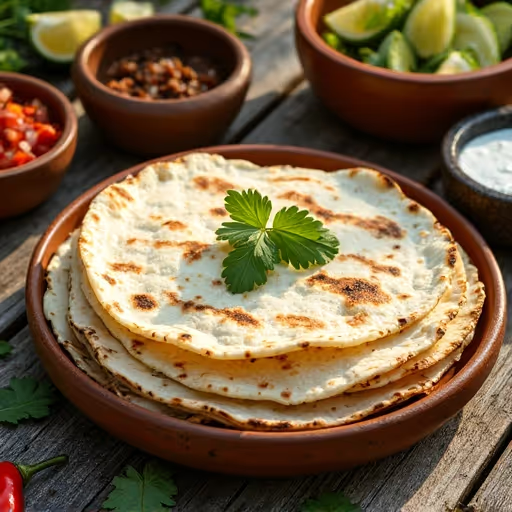Grillwisehub FAQ for:
Smoked Pulled Pork
What's the quickest way to get authentic smoke flavour if I can't dedicate 10-12 hours to smoking the pork shoulder?
You can use a hybrid smoking method by smoking the pork shoulder for just 3-4 hours at 225-250°F (107-121°C) to develop that crucial smoke flavour, then transfer it with 120ml of apple juice or broth to a pressure cooker for 60-75 minutes on high pressure until fork-tender. This approach gives you genuine smoke flavour in significantly less time, though the bark won't be as developed. For the best results, after shredding, place the meat on a baking sheet and broil for 2-3 minutes to recreate some of that exterior texture and caramelization.
Can I substitute monk fruit sweetener with another sugar alternative in the low-calorie version?
Yes, you can substitute the 30g of monk fruit sweetener with 30g of erythritol, 30g of allulose, or stevia in equal amounts for the low-calorie version. However, stevia can sometimes have a slight aftertaste, so using half the amount (15g) is recommended. For a more natural option with slightly higher calories, 30g of coconut sugar works well. Each substitute will maintain the flavour profile while keeping the calorie count relatively low compared to traditional brown sugar.
I notice the traditional recipe uses pork shoulder but the low-calorie version uses pork loin. What's the biggest mistake to avoid when smoking leaner cuts like pork loin?
The biggest mistake when smoking pork loin is overcooking it, as the lack of intramuscular fat makes it dry out much faster than shoulder. Monitor the internal temperature vigilantly once it reaches 82°C, and consider pulling it from the smoker at 88°C rather than 91°C. Also, wrapping is absolutely critical with lean cuts – don't skip this step at the 74°C mark, and be sure to add 15-30ml of liquid (apple juice or broth) inside the wrap to maintain moisture during the final cooking stage.
How does the protein-to-calorie ratio compare between the traditional and low-calorie versions, and which is better for muscle recovery after workouts?
The low-calorie version offers significantly better macros for fitness enthusiasts with 33g protein per 215 calories (0.15g protein per calorie) compared to the traditional version's 29g protein per 310 calories (0.09g protein per calorie). The leaner pork loin version is superior for muscle recovery when consumed post-workout, as it provides more bioavailable protein with less fat to slow digestion. For maximum recovery benefits, pair a 115g serving with a complex carbohydrate source like sweet potatoes or brown rice to replenish glycogen stores while the protein repairs muscle tissue.
What's the best method for storing and reheating pulled pork without drying it out?
Vacuum sealing portions of your pulled pork is ideal for maintaining moisture and flavour during storage – these sealed packets can last 3-4 days in the refrigerator or up to 3 months in the freezer. For premium reheating, use the sous vide method by placing the vacuum-sealed bag in 74°C water for 30-45 minutes, which gently brings the meat to temperature without any moisture loss. Alternatively, place the meat in a pan with 30-45ml of apple juice, cover tightly with foil, and reheat in a 135°C oven until it reaches 74°C internally, which preserves the moisture particularly well in the leaner low-calorie version.






